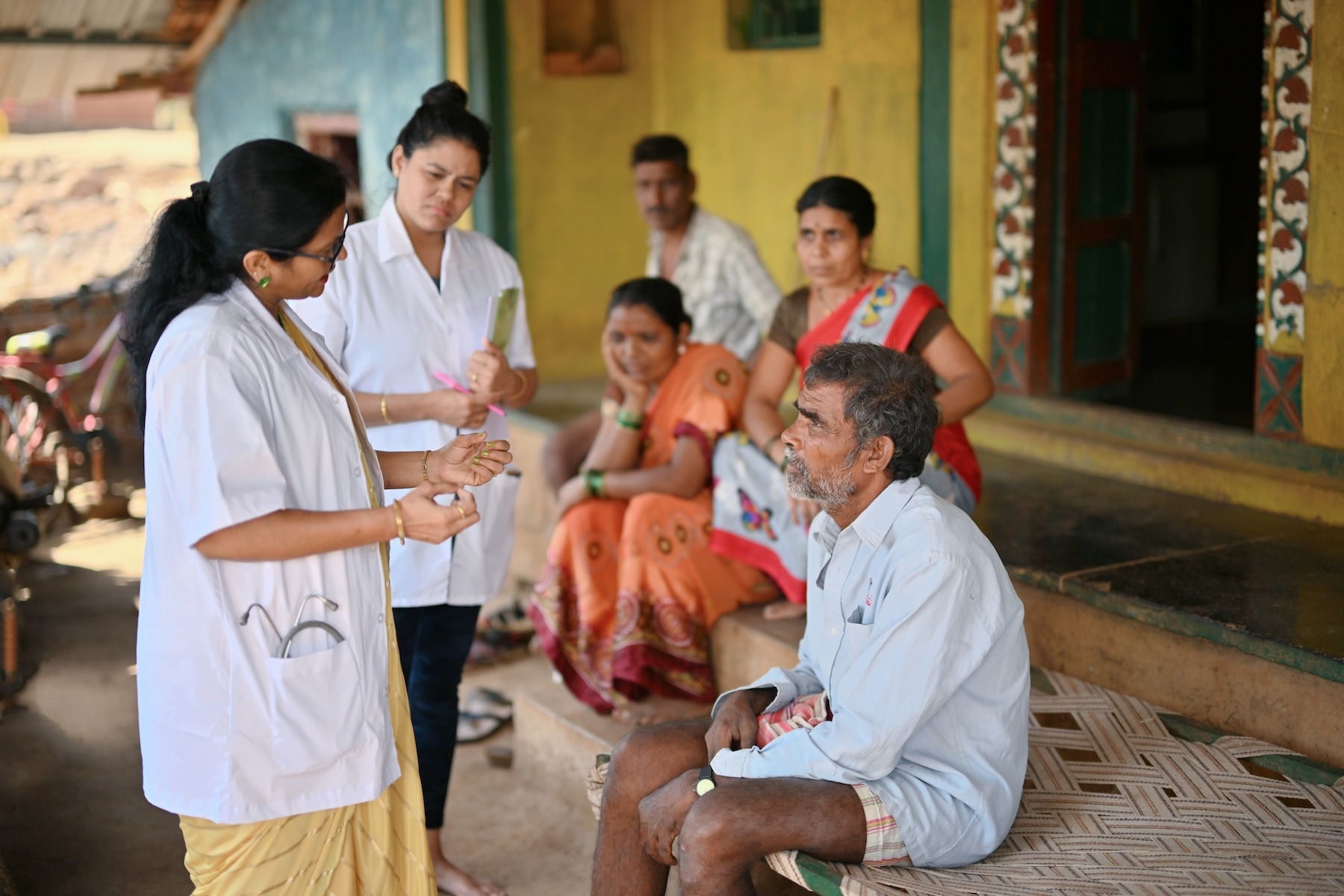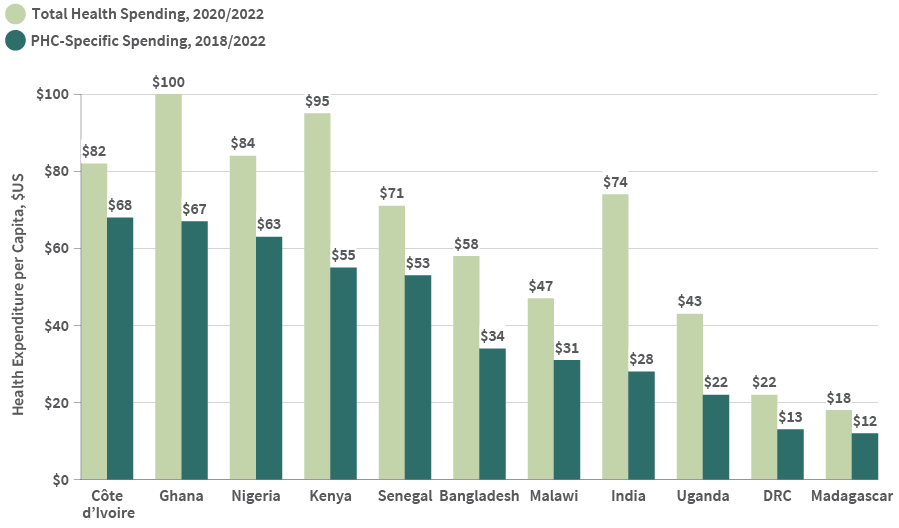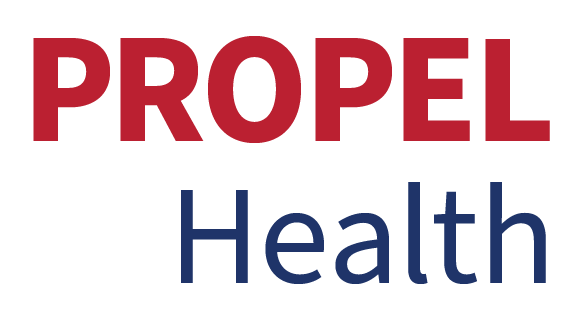Make Investments in Primary Health Care a Priority
Annual government spending on PHC is on average $3 per capita in low-income countries and $16 per capita in lower-middle-income countries, which falls far short of most benchmarks used for the minimum amount needed to provide a basic package of health services. Much of the variation in estimated government spending levels, as well as overall spending levels from both government and nongovernment sources, can be explained by national income levels, but substantial differences can also be found among countries at similar income levels.
Government investments in health are often supplemented by outside sources, such as funders, with families often paying out of pocket, leading to fragmented PHC financing.
Governments typically invest heavily in higher-level care and equipment, like hospitals in the capital city and x-ray machines, while external funding is often used for prevention and PHC, and nearly half of private spending (most of which is out of pocket) is on medicines. Out-of-pocket spending on PHC remains high, particularly in low-income countries, continuing to expose households to financial risk.
To achieve the SDGs in health, including the target of universal health coverage, efforts to prioritize PHC in national health agendas and increase domestic spending on PHC are going to have to engage with a broad range of actors who influence decisions and funding for the health sector.
Foster Trust in and Accountability of the Health System
The West African Ebola outbreak, global COVID-19 pandemic, and shocks and disruptions such as conflict and climate extremes stress systems’ capacity to continuously provide accessible, equitable PHC and can lead to an erosion in trust in formal health systems. Dialogues between governments and the people they serve, especially those considered to be socially vulnerable or marginalized, can lead to primary care systems that are more responsive to people’s needs.
There is growing evidence that social participation in health-system planning and governance has the potential to foster trust in health systems, advance equity, and align the delivery of health care with the reality of people’s lives. This participation can take the form of local meetings between primary care staff and community members who share their concerns to jointly prioritize and problem solve, public hearings held by local authorities, public expenditure tracking systems, and other activities.
At the World Health Assembly in May 2024, Member States agreed to “implement, strengthen, and sustain regular and meaningful social participation in health-related decisions across the system.” This decision paves the way for people, communities, and civil society to have a stronger voice in influencing the decisions that affect their health and well-being.








